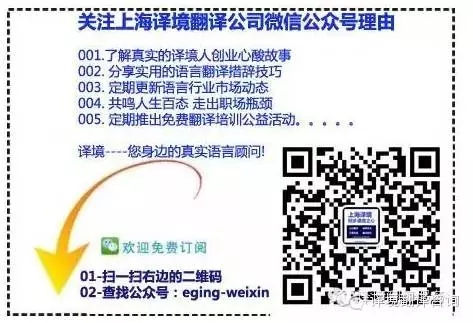E-ging Solutions is a world-leading translation company with specialties in website localization.
If your company is making the move into a global market, one of the things at the top of your preparation agenda should be your website. Does your new target audience speak English? If not, adjusting the content of your site will not only to help it rank on search engines in the new country it is also far more likely to convert your visitors into customers. This measure is more commonly known as website localisation, and the success of this is also closely coupled with multilingual SEO. Local search results are nothing new, but with Google altering its algorithm left, right and centre, it pays to keep on top developments…or pay a multilingual SEO agency to do it for you. Take a look at these three simple steps to get you started.
What’s in a name?
Well, if you’re setting up a new online presence, an awful lot. Unless you have a well-established website, ensure you choose a suitable domain name as your first step towards optimising for your new website. To help you gain recognition as a company relevant to the local area, opt for a domain name which includes the name of the country, city or town you are targeting, wherever possible. When taking this route, bear in mind that Google isn’t as adept at identifying underscores in place names as it is at identifying hyphens. And be sure you register your domain months before you launch; a brand new domain can take a while before it’s trusted and starts to rank. Not only that if your domain name contains keywords of what you’re selling, see if the translated versions of the domain are available.
Don’t get lost in translation
It’s a simple fact that customers are 4 times more likely to buy if content is in their own language, but that doesn’t mean poor quality is sufficient. We’ve all read the funny tales of Google Translate turning perfectly coherent English copy into a jumble of Eurobabble. Don’t end up one of those stories by avoiding taking the cheap and easy route; affordable website localisation is achievable. If you’re new site is riddled with grammatical faults and spelling errors, you will likely find that your customers don’t trust your service and you’ll struggle to get visitors past the home page. It’s recommended that your team of translators are native speakers and can flag any copy which is linguistically correct but doesn’t quite fit with the local culture.
To blog, or not to blog?
Blogging is the best way to add content to your website and target alternative keywords that link to your main product offering. Also if you are targeting a particular region make sure it’s local content, aimed at your local market. This will help you to reach your audience as well as provide a platform for local links which, in turn, will help you rank. As above, ensure you employ a native speaker to produce your blog content for you, and on a regular basis too; over 70% of consumers won’t trust a brand that doesn’t provide promotion-free information.
Another focus for Google is that users get the answers they are looking for, and quickly. If your content has a high bounce rate it is likely that the users wants are not being satisfied by your content. This could lead to your content ranking lower over time. To ensure this is avoided you need to be armed with as much information as possible to educate and answer the questions that the user is looking for. Also ensuring your page title and meta description are super tuned so that the reader knows what the content is telling them before they even click on your result in the search engine results pages (SERPS).


